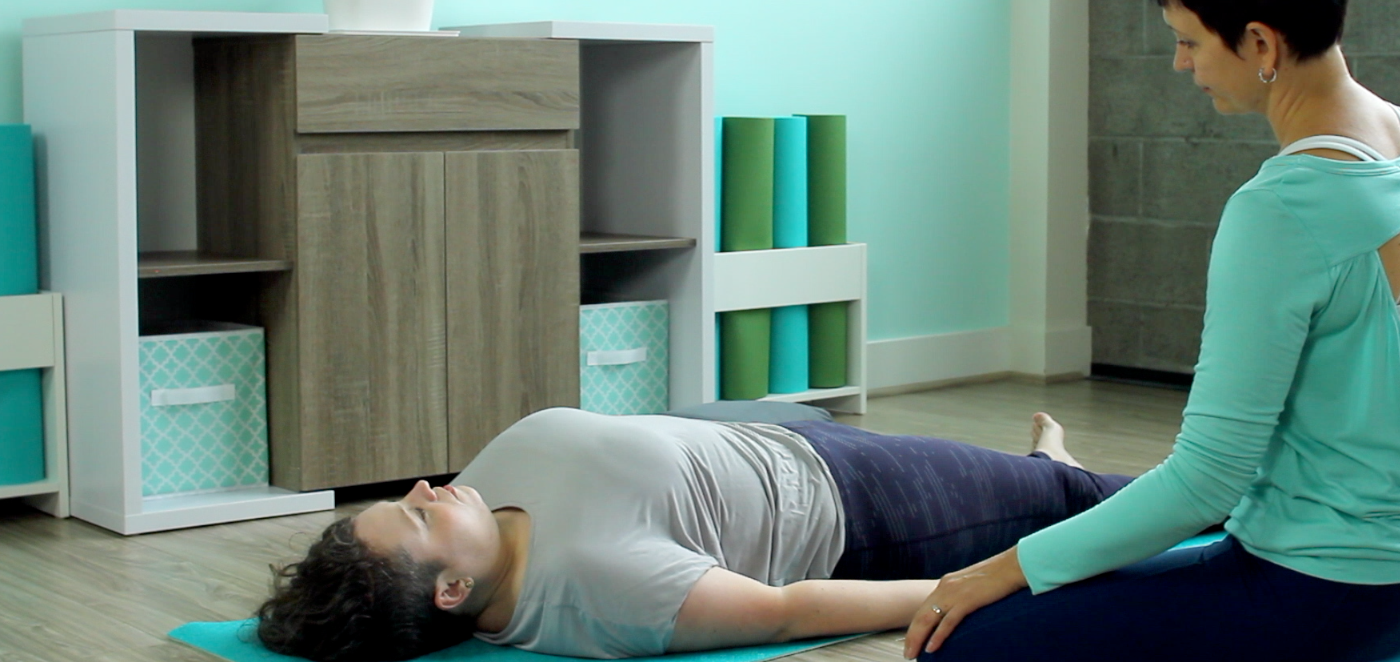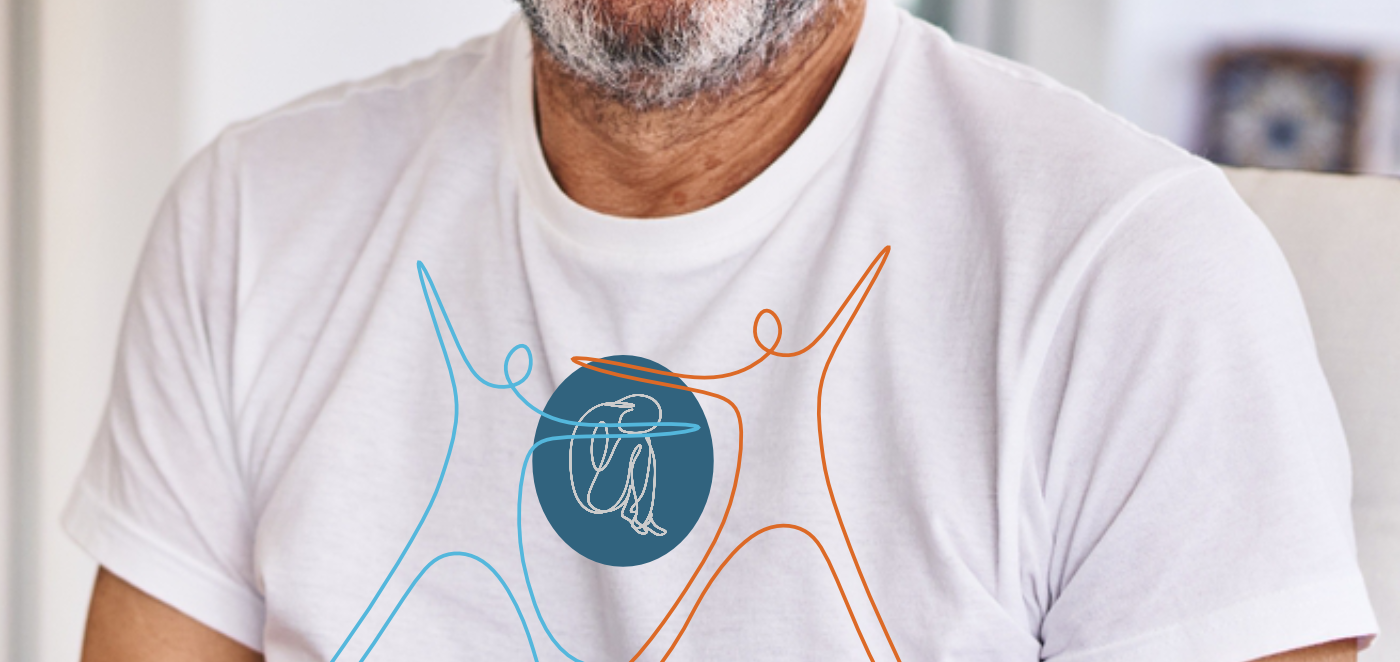The six steps of IFS for working with our protective parts to discover what’s causing our physical and physiological issues

When we have a persistent pain or health problem that doesn’t seem to respond to usual measures, it helps to take a closer look and see what’s happening within our inner ecology and analyze it from the perspective of Internal Family Systems (IFS). Who is trying to get our attention through physical discomfort and physiological symptoms? Is it the suppressed, vulnerable part calling for our attention in our heart, gut, or back? Is it the manager trying his best to protect us and hold it together by tensing the muscles, stiffening the joints, restricting the diaphragm, clenching the jaw, or making us weak to conserve energy? Or is it a firefighter ramping up the stress response, causing inflammation, agitation, irritation, and putting the whole body on high alert?
Internal Family Systems Therapy gives us a clear blueprint to follow to feel our way through the inner workings of our body, overcome the obstacles that the protective parts erect in the way, get to the vulnerable part, and release its burden. While in IFS Therapy, the therapist usually works through the client’s mind, in yoga therapy, we work through the body, which, in many respects, makes it easier to find and connect to our different parts.
Here are the six steps that the IFC Therapy suggests for working with protective parts to earn their trust before the client’s Self can reach out to the vulnerable part.
The first three steps encourage the client to see that the part’s feelings and beliefs are separate from their own Self. These three steps can happen quickly and all at once, or they can take time.
- Find the part. The part can be found in a physical sensation, feeling, or thought.
- Focus on the part. Zoom in on the part and stay with it, experiencing it with curiosity.
- Flesh the part out. Notice the details about the part, however they appear – in words, images, or sensations.
The last three steps help establish an Embodied Self-to-part relationship:
- Asking the client how they feel about the part to introduce the part to the client’s Self
- Befriend the part by listening, validating, and honoring it
- Address the part’s fears with the aim of getting permission to help the exile. This is a very delicate stage.
In my personal example described in the previous article, the first part I encountered while trying to figure out the source of my persistent fatigue was the frustration and resistance of my firefighters, who wanted me to stop my inner inquiries, abort my mission, and go watch something fun on TV instead. They tried to distract me because they were afraid of what I might find deep inside. I assured my firefighters that whatever we found, we were strong and capable, and we would deal with it together.
The next part I felt was the manager who was keeping my mid back tired and my body fatigued. It was pretty obvious that the manager had his own reasons for doing that. It later became clear that the manager was trying to manage my body’s response to the long-term dental infection and was doing it by conserving my energetic resources and building a tension wall around my kidneys, where my adrenal glands were probably becoming overtaxed by excess cortisol release. The manager was exhausted by that protective role but felt he had no choice but to keep doing it. We had a long talk, with me offering to share his burden and asking for his help in figuring out what was going on. Once the manager agreed to let me in, my attention moved freely and confidently from the mid-back to the kidneys, to the teeth, with “adrenal fatigue” flashing in my mind.
In this case, the reason for my issues turned out to be a foreign invader, an infection. It could have been something else, some hidden part of me that was tired of being exiled and trying to break free. Whatever the source, the procedure for discovering it is the same, and it requires getting through the resistance of protectors following the protocol above.
Next time we will talk about what we do once we actually get to the vulnerable part and how we can help it release its burden.

Connecting to the vulnerable parts and releasing their burdens into the elements
References
For more detailed information on each stage of the process and a variety of case studies to illustrate various points, check out these books:
- Internal Family Systems Therapy by Richard C. Schwartz and Martha Sweezy (affiliate link)
- Somatic Internal Family Systems Therapy: Awareness, Breath, Resonance, Movement, and Touch in Practice by Susan McConnell (affiliate link)







